Being part of the human resource department, you've probably encountered a lot of requests for employment verification from various companies, organizations, and institutions from time to time. Whether you…
continue reading
Download Proof of Funds Bundle
Proof of Funds Format
[Bank’s Letterhead]
[Date]
To Whom It May Concern,
RE: Proof of Funds
This letter is to certify that [Client’s Name], holder of account number [Account Number], has maintained a balance of [Amount] in their account at [Bank’s Name] as of [Date]. The account has been in good standing, and the specified funds are currently available.
Details of the Account:
- Account Holder: [Client’s Name]
- Account Number: [Account Number]
- Account Type: [Checking/Savings/Other]
- Bank Name: [Bank’s Name]
- Bank Address: [Bank’s Address]
- Balance as of [Date]: [Amount]
Purpose of Funds:
The aforementioned funds are available for [specific purpose, e.g., purchase of property, investment, etc.], as requested by [Client’s Name].
Please note that this confirmation is based on the client’s current account balance, which is subject to change.
If further verification is required, please do not hesitate to contact us at [Bank’s Contact Number] or [Bank’s Email Address].
Thank you for your attention to this matter.
Sincerely,
[Bank Officer’s Name]
[Position/Title]
[Bank’s Name]
[Contact Information]
Proof of Funds Samples
-

Mortgage Proof of Funds
download now -
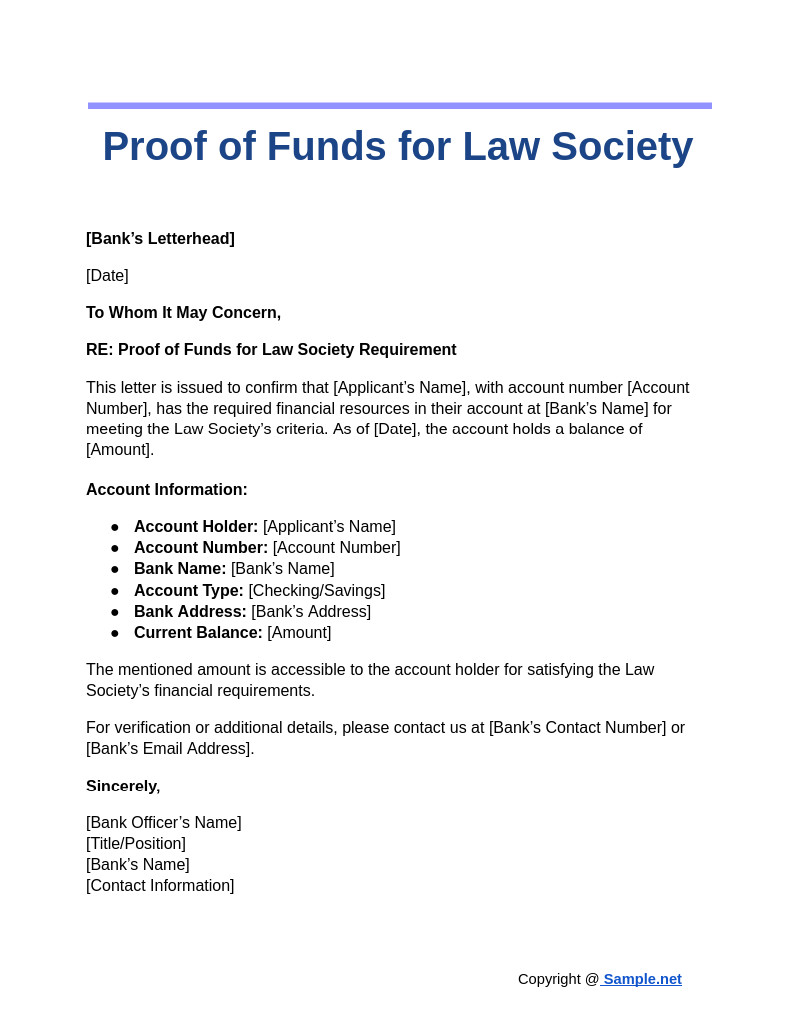
Proof of Funds for Law Society
download now -
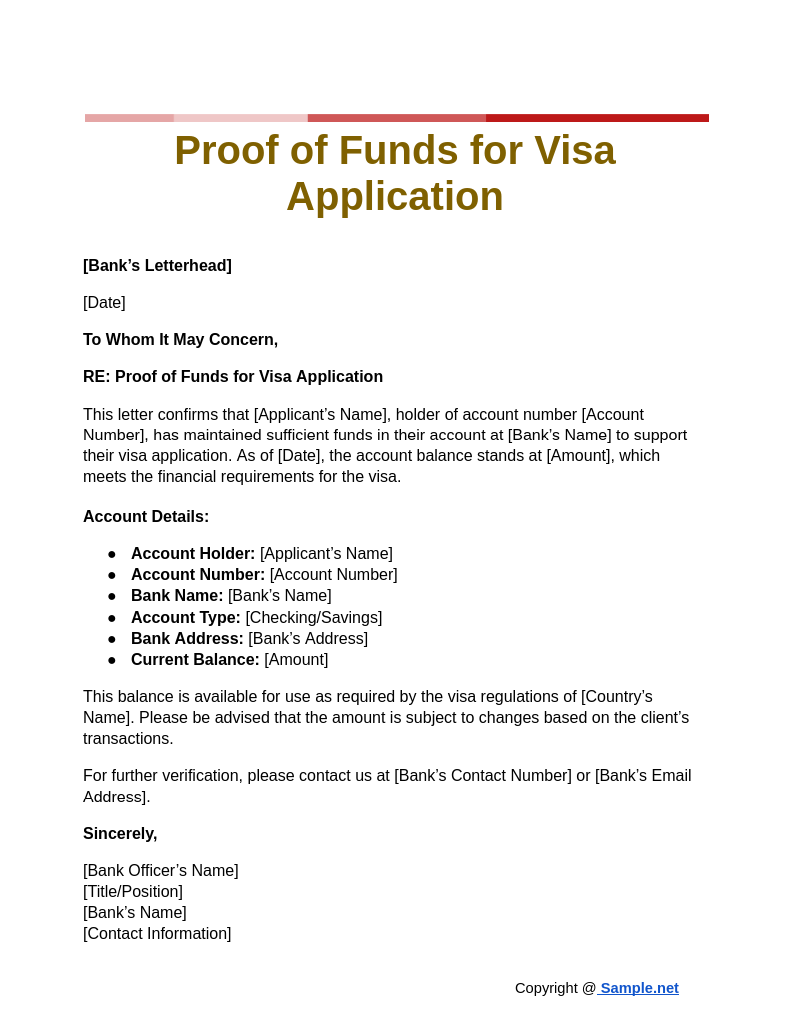
Proof of Funds for Visa Application
download now -
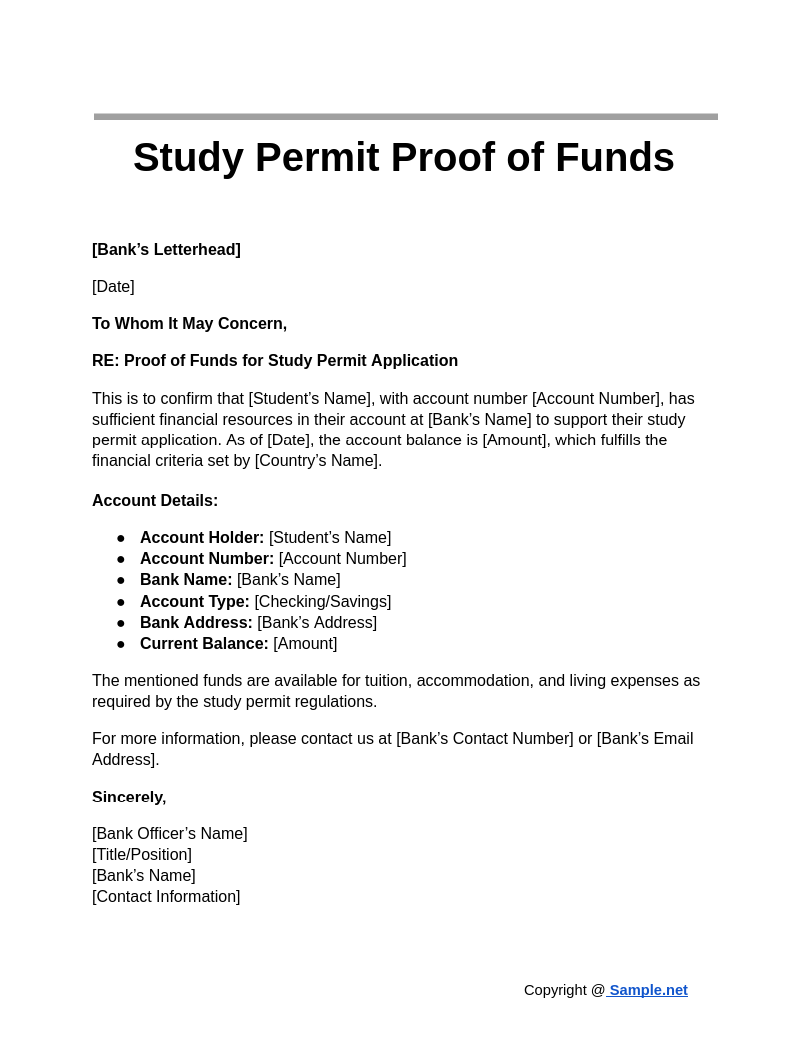
Study Permit Proof of Funds
download now -
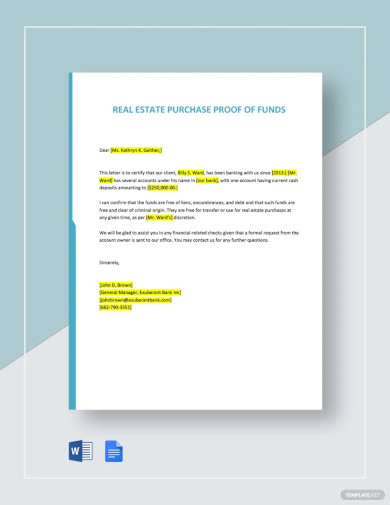
Proof Of Funds Letter Template For A Real Estate Purchase
download now -
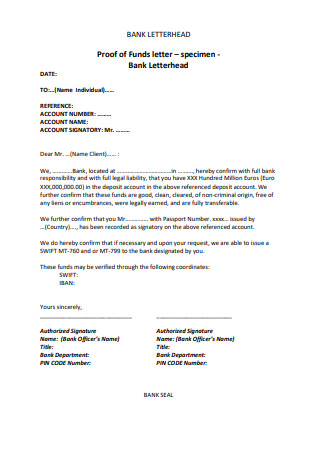
Real Estate Proof of Funds Letter
download now -
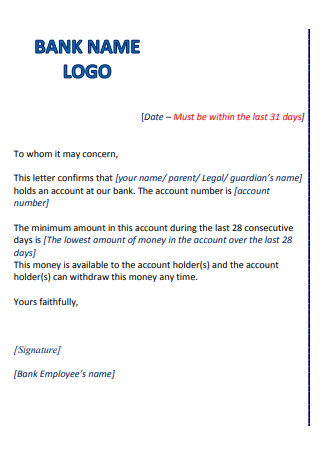
Private Lender Bank Letter
download now -
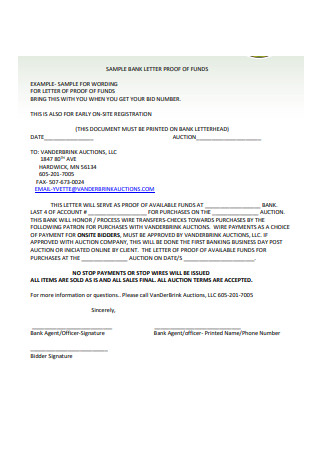
Sample Bank Letter Proof of Funds
download now -
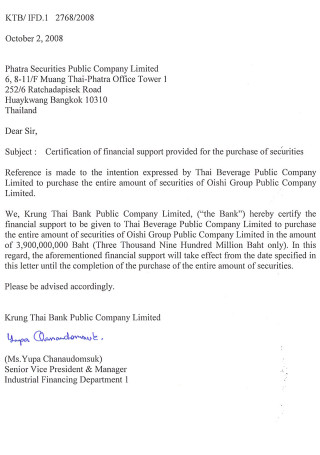
Confirm Cash Offer Letter Cover
download now -
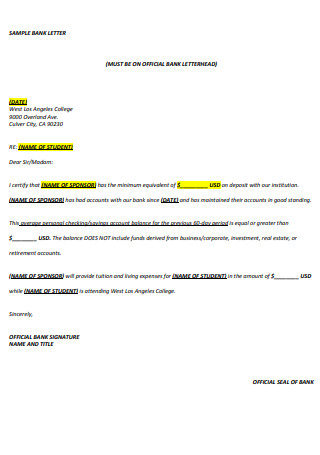
Sample Verification Proof of Funds Letter
download now -
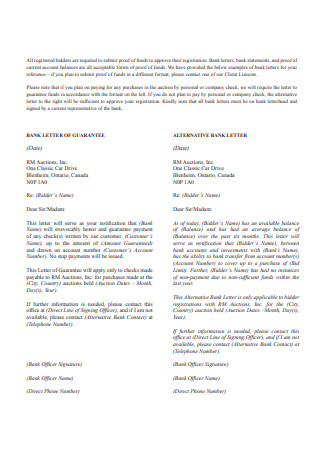
Hard Money Proof of Funds Bank Letter
download now -
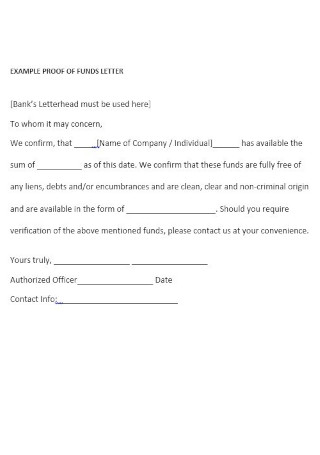
Example Accountant Proof of Funds Letter
download now -

Deposit Proof of Funds Letter
download now -
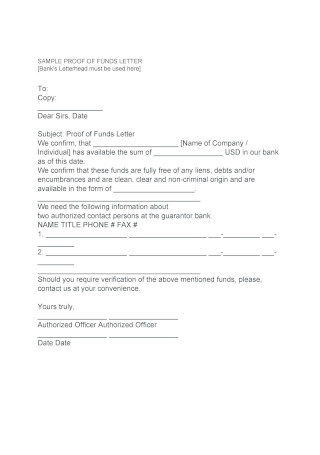
Sample Attorney Proof of Funds Letter
download now -
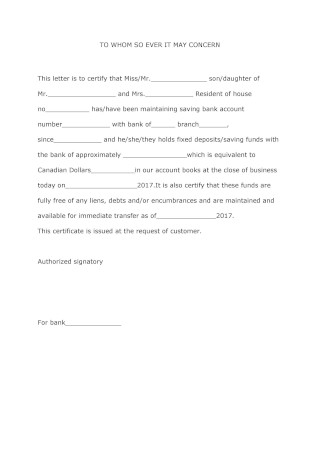
Sample Express Entry Proof of Funds
download now -
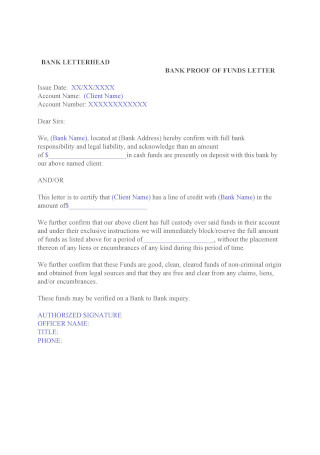
Bank Personal Proof of Funds Letter
download now -
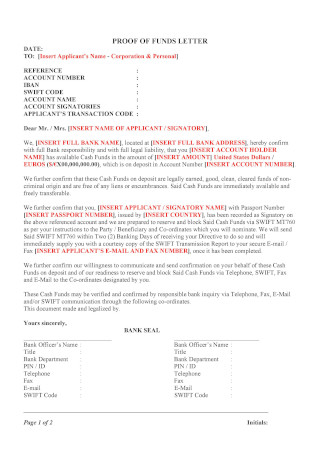
Proof of Funds Letter Format
download now -
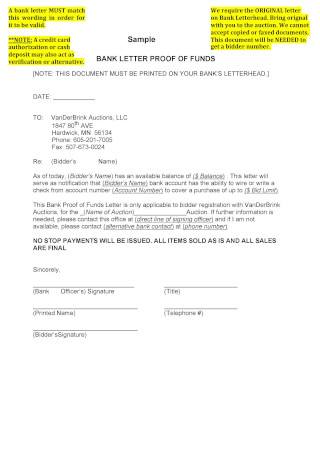
Sample Bank Proof of Funds Letter
download now -
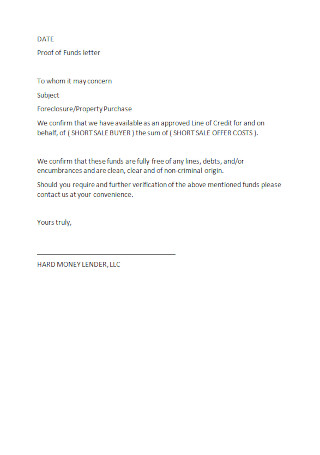
Financial Lender Proof of Funds Letter
download now -
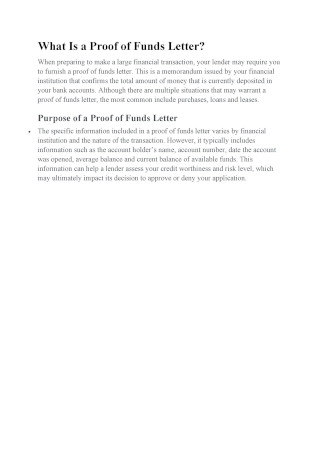
Pnc Bank Proof of Funds Letter Guide
download now -

Blank Home Purchase Proof of Funds Letter
download now -

Proof of Funds Investment Letter Sample
download now -
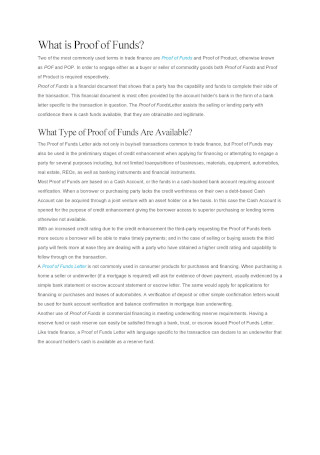
Solicitor Proof of Funds Letter Example
download now -

Bank Proof of Funds
download now -
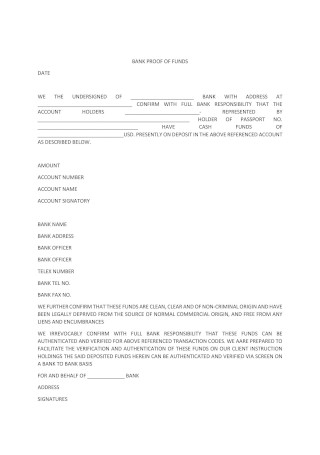
Sample Bank Proof of Funds
download now -

Simple Proof of Funds Letter
download now -
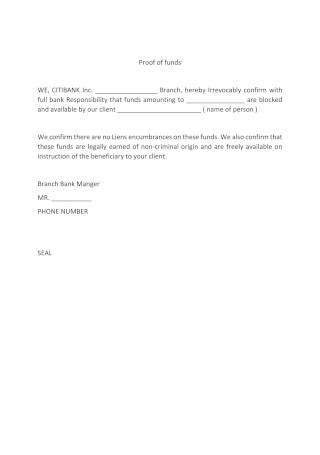
Proof of Funds Letter Form
download now -
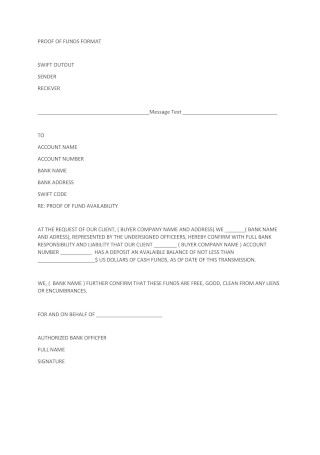
Proof of Funds Format
download now -
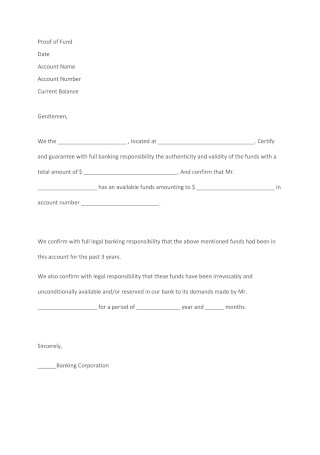
Editable Proof of Funds Letter
download now -
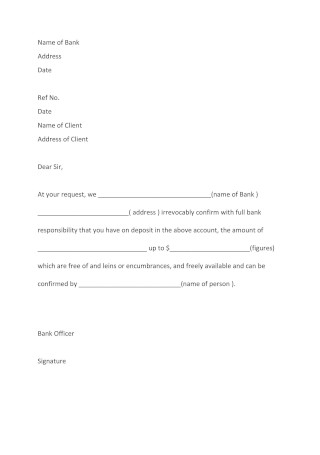
Blank Form of Proof of Funds Letter
download now -
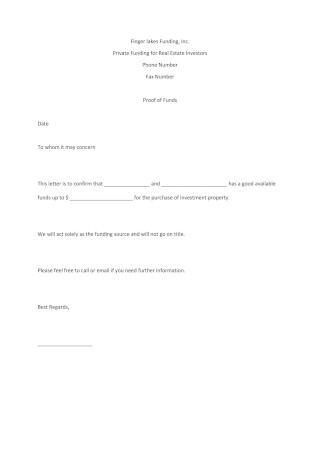
Proof of Funds Form
download now -
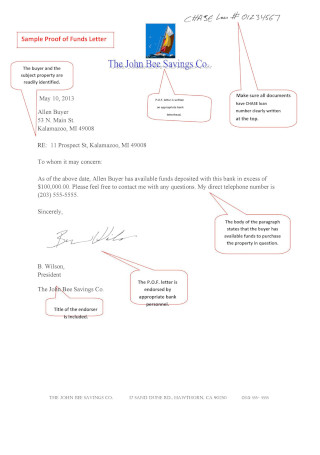
Sample Proof of Funds Letter Format
download now -
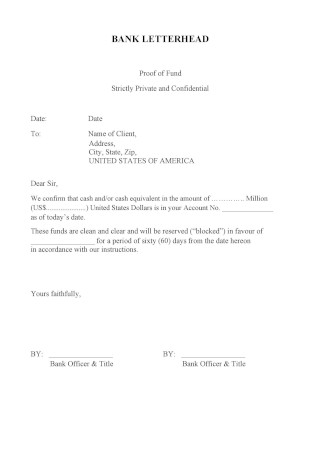
Proof of Funds Letterhead
download now -
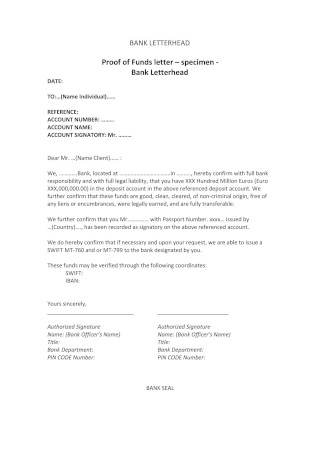
Proof of Funds Letter Specimen
download now -
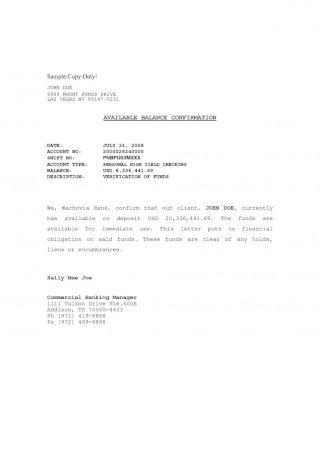
Proof of Funds Confirmation Letter
download now -
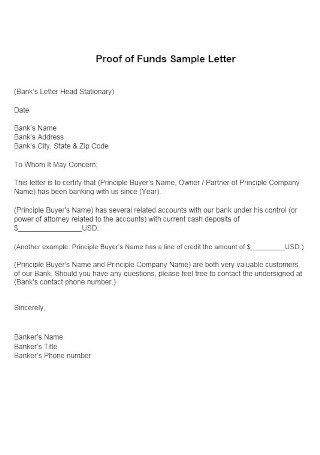
Proof of Funds Sample Letter
download now -
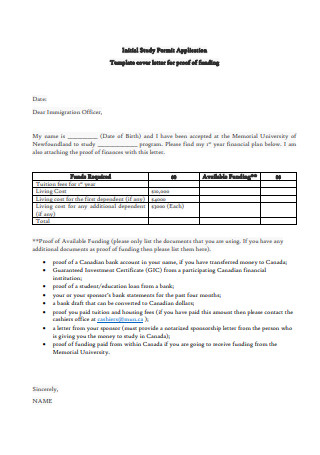
Cover Letter for Proof of Funding
download now -
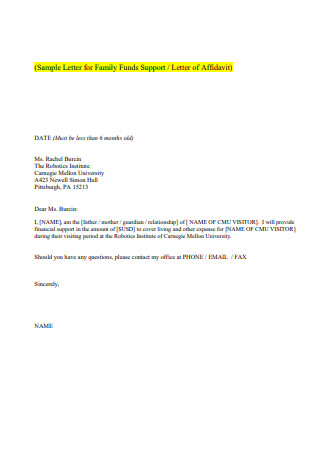
Sample Letter for Family Funds Support
download now -
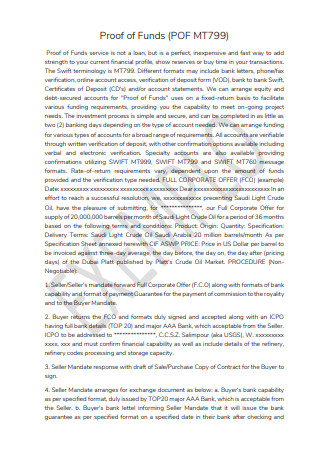
Proof of Funds Template
download now -
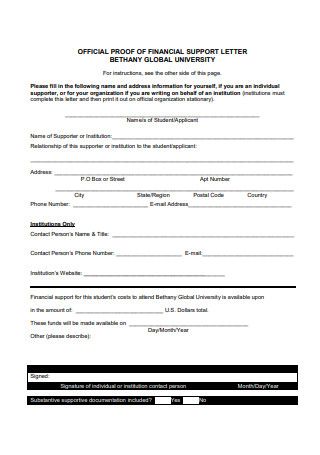
Proof of Support Letter
download now
What is a Proof of Funds?
Proof of Funds (POF) is a document that confirms an individual’s or entity’s financial capacity to complete a transaction, showcasing sufficient available funds. You can also see more on Credit Demand Letter.
Purposes of Proof of Funds
1. Transaction Validation: It confirms that the buyer or investor has the necessary funds to meet financial obligations, enhancing transaction confidence.
2. Credibility Check: It builds trust among sellers, investors, and authorities by showcasing the buyer’s financial strength and reliability.
3. Visa Applications: It demonstrates financial stability to immigration authorities, supporting visa approvals for travel or residency. You can also see more on Visa Application Forms.
4. Loan Applications: It helps banks verify that borrowers have adequate funds, streamlining the loan approval process.
5. Business Deals: It confirms financial support in partnerships, mergers, or acquisitions, ensuring smooth business transactions.
How to Create a Proof of Funds?
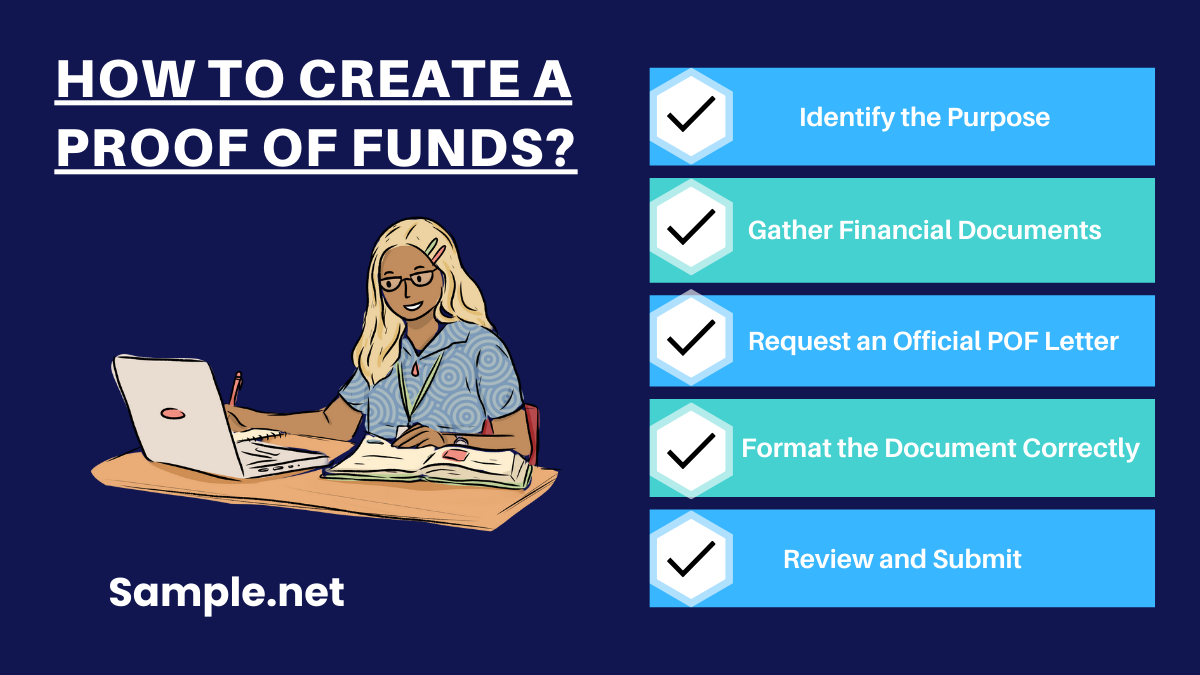
1. Identify the Purpose:
Determine why you need the Proof of Funds—such as a property purchase, visa application, or business deal. Understand the specific requirements and the amount needed.
2. Gather Financial Documents:
Collect bank statements, savings account details, investment summaries, or other documents that show available funds. Ensure these documents are recent and cover the required period.
3. Request an Official POF Letter from Your Bank:
Contact your bank or financial institution to obtain an official Proof of Funds sample letter. Ensure it includes account balance, bank details, and the date of issuance.
4. Format the Document Correctly:
The POF document should be formatted properly, showing bank details, account numbers, available balance, and the signature of an authorized bank representative for credibility.
5. Review and Submit:
Double-check the details for accuracy and compliance with the recipient’s requirements before submission. Make sure it is valid for the intended transaction or application. You can also see more on Validation Letters.
FAQs:
What details should be included in a Proof of Funds letter?
A POF letter should contain the bank’s name, account holder’s name, account balance, date of issuance, and the bank representative’s signature, ensuring authenticity.
How does Proof of Funds affect the loan approval process?
Proof of Funds reassures lenders of the borrower’s financial stability, increasing the chances of loan approval by verifying the borrower’s capacity to repay or invest. You can also see more on Reference Letter.
What happens if I can’t provide Proof of Funds?
Failing to provide POF may lead to transaction delays or rejections, as it is a crucial document that assures the recipient of financial capability to complete the deal.
What other documents can support Proof of Funds?
Alongside a POF letter, documents like savings account records, fixed deposit receipts, or credit line approvals can support financial verification for a transaction.
What should I do if my Proof of Funds is insufficient?
You can increase your account balance, secure additional funds from other sources, or consider financial assistance from investors or banks to meet the transaction requirements. You can also see more on Proven Letter of Support.
How does Proof of Funds affect property bidding?
In property bidding, POF is crucial as it validates the bidder’s financial strength, making them more competitive and credible, increasing the likelihood of winning the bid.
What is the role of Proof of Funds in mergers and acquisitions (M&A)?
In M&A, Proof of Funds assures stakeholders that a buyer or investor has the financial backing needed to close the deal, reducing transaction risks and fostering trust during negotiations. You can also see more on Proof of Employment Letters.

